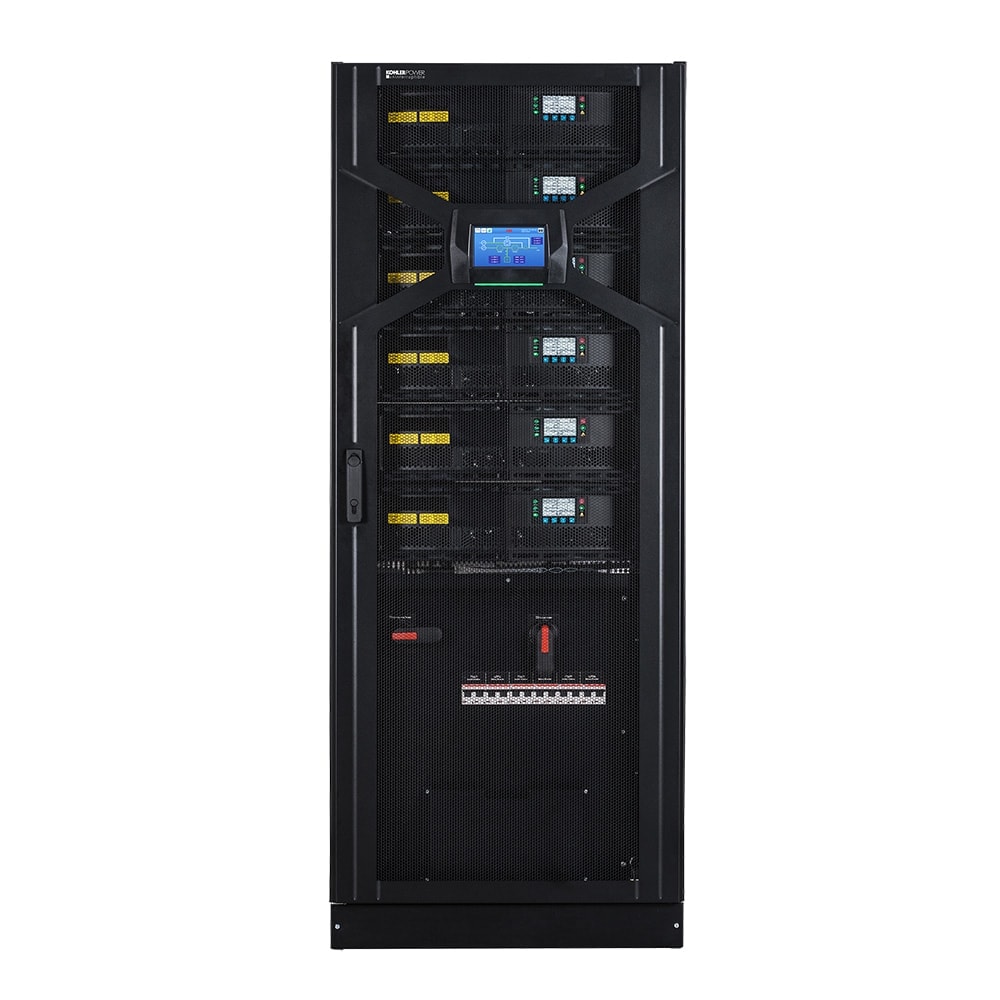Will the impact of the COVID-19 pandemic increase demand for computing capacity – and its support services such as UPSs – or will it reduce it?
The answer depends on where the computing capacity is located. Office occupancy in Derwent London’s estate is down to roughly 15 percent, for example, and they do not anticipate this exceeding 50 percent within the next two or three months. And, even when occupiers do return, their priorities will be for less densely-populated spaces – less ‘packing people in’.
This adds up to reduced demand on servers directly supporting such offices, although this may recover to some extent, if not to full former levels.
However, the situation is very different for large data centres supporting remote computing, or applications like social media or search engines. The pandemic has accelerated trends that were developing anyway. Workforces are becoming untethered, and working remotely, using tools such as Zoom and Microsoft Teams as part of a digital transformation. Meanwhile the pandemic has also driven an explosion in online shopping activity.
The benefits of modularity
This has resulted in power usage ‘going off the charts’ commented Aligned Energy, a data centre infrastructure technology company, during a DCD ‘Building at Scale’ conference. They forecast that data centre numbers will grow by 1100 percent from 2018 to 2025. Addressing these opportunities and associated challenges has brought Aligned Energy to realise that they must think differently to achieve the time-to-market needed while scaling to the new demand.
They are working on a far more structured approach using standardised, modular parts; they can provision initial capital deployments quickly, and rapidly scale to further demand with a modular, prefabricated infrastructure.
While modular subassemblies are valuable in facilitating rapid systems integration, modularity can also contribute to operational system availability and, also importantly, ease of use. Digital technologies supplier ABB commented that reliability is still the highest priority, as downtime, especially unplanned, is so expensive. Redundancy can be expensive, as components are not fully utilised, while concurrent availability is essential; it must be possible to remove a component or subassembly for replacement/repair without affecting critical loads.
Ease of use is also essential, as 60 percent of outages are due to operator error. This is exacerbated by the pandemic, as data centre operators seek to repair equipment themselves to avoid engineers’ visits.
A modular UPS example
We can see how these benefits apply by considering a modular UPS design. The KOHLER PW 9250, for example, is scalable from 50 kW to 1.5MW. An installation can start with a single frame housing one 50 kW UPS module, containing all the hardware and software necessary for full system operation. As demand grows, capacity can be added quickly and simply through vertical scaling; plugging in more modules, up to a full rack population of six, for 300 kW capacity. An extra module can be added for N+1 redundancy, with no single point of failure. Further demand can be met with horizontal scaling; up to five racks can be paralleled for 1.5MW capacity.
If downsizing is required to avoid overcapacity for a reduced-staff office, then modules can be removed easily. They can be held as spares stock, re-installed later if staff return, or redeployed on KOHLER PW 9250 systems elsewhere.
The KOHLER PW 9250’s modular topology means that N+1 redundancy can be built in with minimal hardware overhead. For example, if a rack is populated with six modules to provide 250 kW capacity with N+1 redundancy, then this redundancy has been achieved with just 20 percent overhead. By comparison, a monolithic system inevitably uses 50 percent overhead to achieve the same N+1 redundancy.
The UPS is easy to use, with a graphical display providing a clear system overview, system level commands, measurements, and system status.
It is also possible to adapt to rapidly changing office populations, and maximise power efficiency, without physically handling modules. The UPS supports Xtra VFI, which intelligently configures the number of modules required to support the current critical load. With Xtra VI enabled, the number of active modules required adjusts accordingly; superfluous modules switch to a standby state, but primed to become active again if the load increases.





